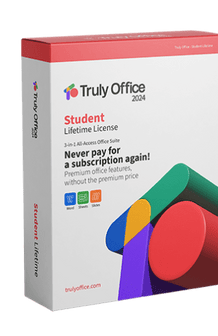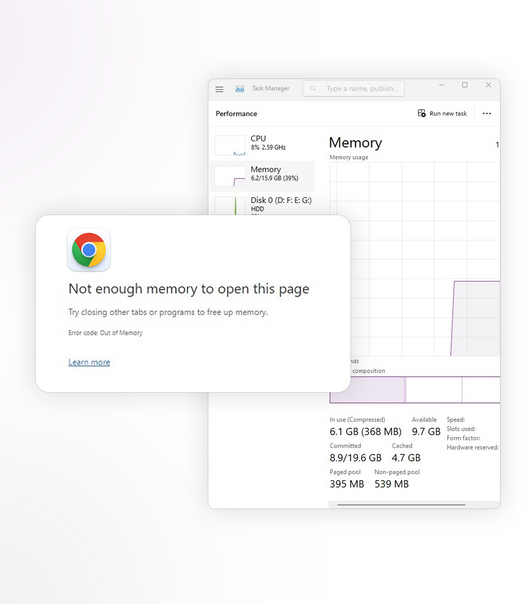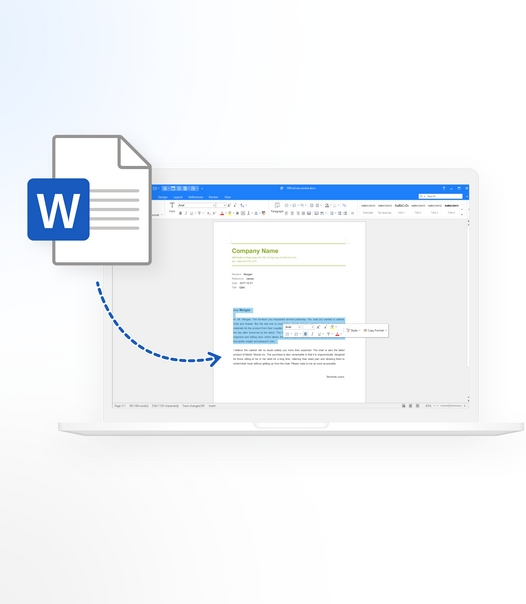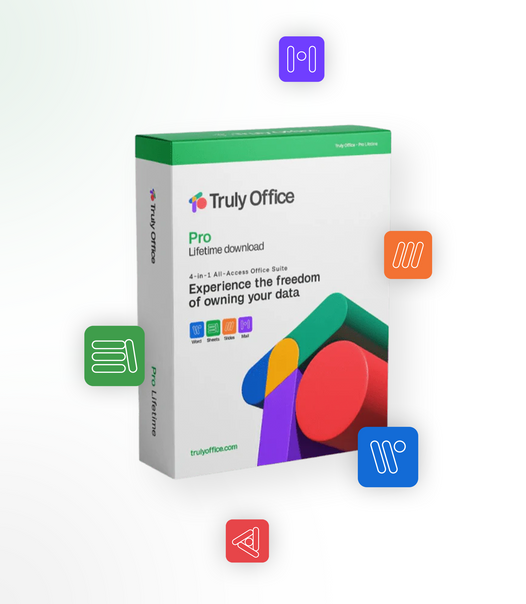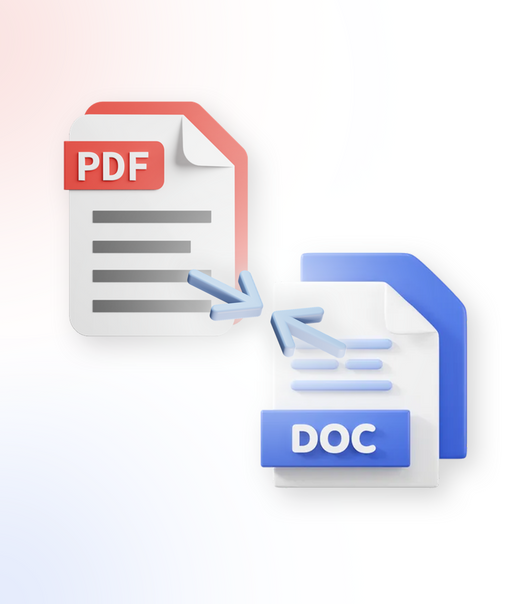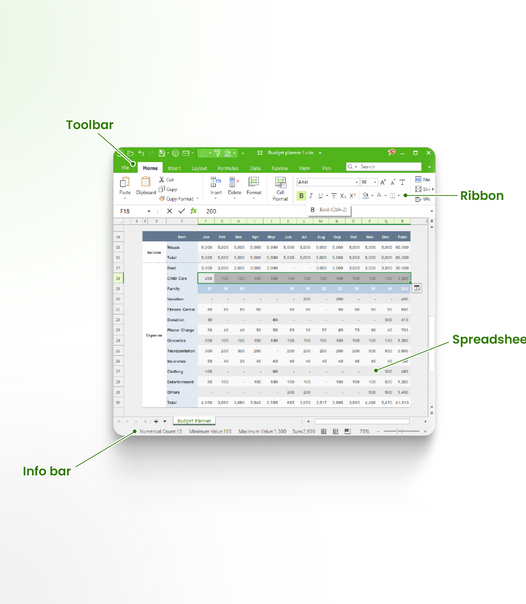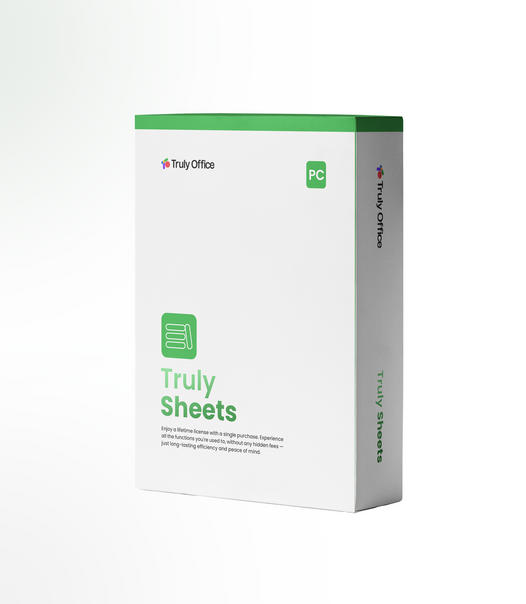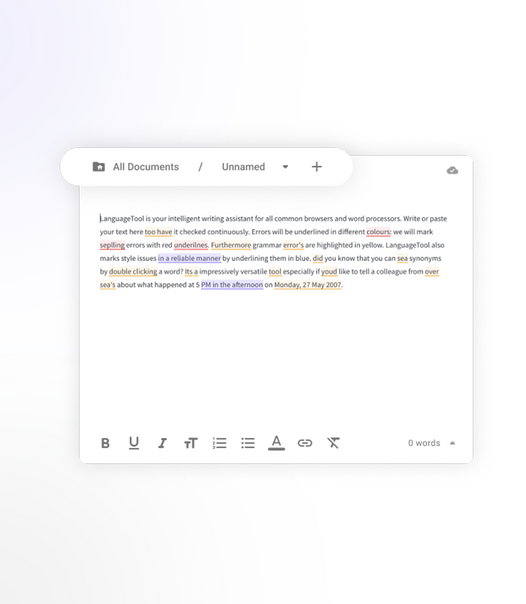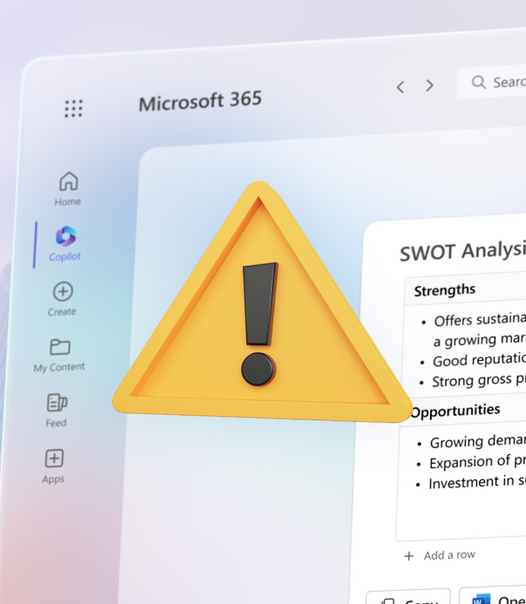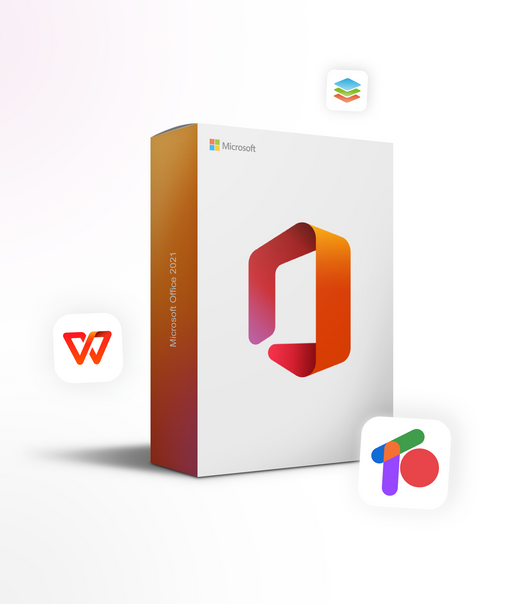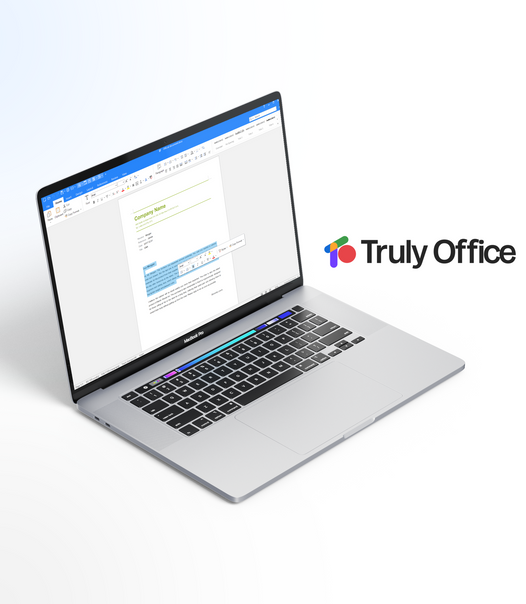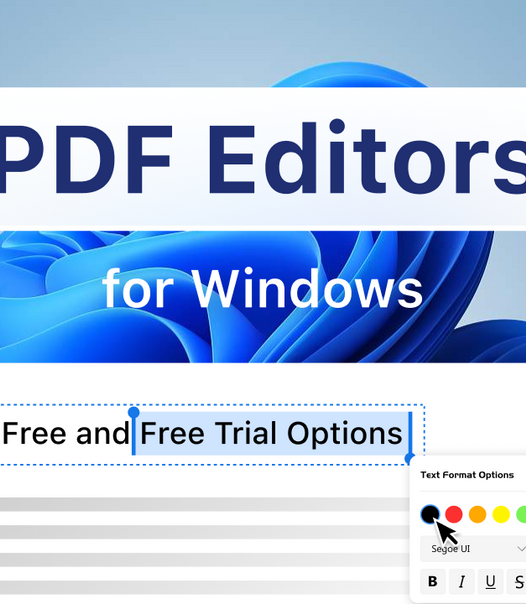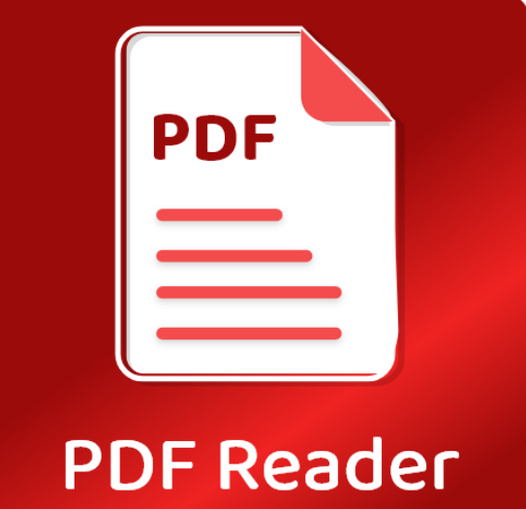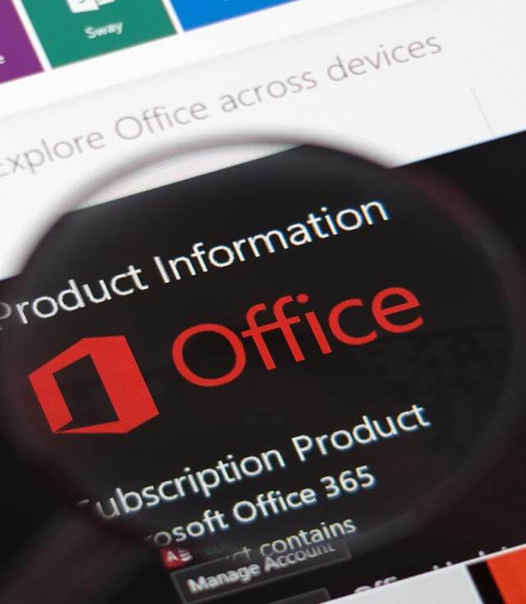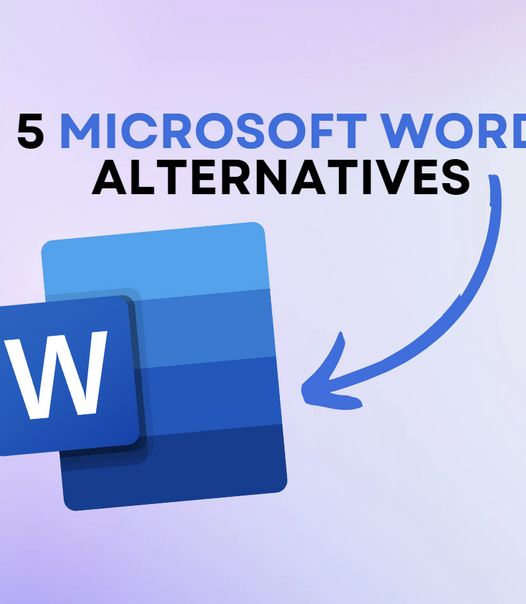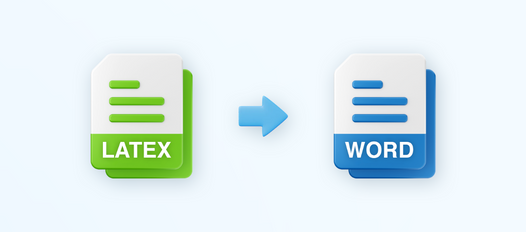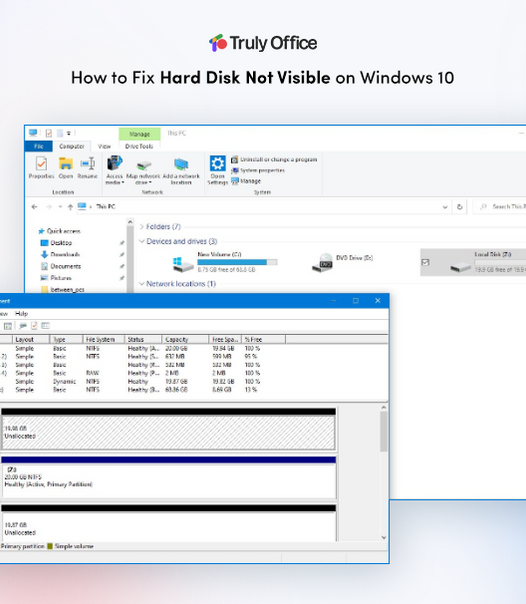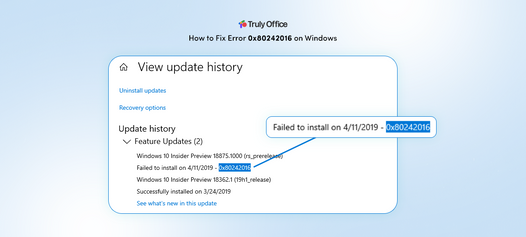Attention all busy individuals. Do you want to save time and money on traditional document-sharing methods?
Well, fret no more because this article will provide you with the ultimate solution: document-sharing platforms. Say goodbye to endless printing, scanning, and mailing and hello to efficiency and convenience.
What Are Document Sharing Platforms

Document-sharing platforms are online systems providing a centralized location for storing, managing, and sharing documents. These platforms allow users to access files easily and offer features such as version control, document editing, and real-time collaboration, which enhance productivity and efficiency.
Why Should You Use Document Sharing Platforms
As technology advances, traditional document-sharing methods must be updated and more efficient. This is where document-sharing platforms provide a modern and streamlined solution for businesses and individuals alike.
This section will discuss why you should start using document-sharing platforms. From easy collaboration to cost-effectiveness and accessibility, these platforms offer a variety of benefits that can save you both time and money.
1. Easy Collaboration
- Establish clear communication channels for real-time interaction.
- Assign roles and permissions to streamline decision-making.
- Utilize version history to track changes and revert to previous edits.
- Integrate with project management tools for seamless workflow.
When I worked at a marketing agency, we utilized Google Drive for easy collaboration. We set up shared folders for each project, assigned access levels, and utilized real-time editing, greatly improving our productivity and project efficiency.
2. Cost-effective
- Choose platforms that offer free basic plans with adequate storage.
- Compare subscription costs and assess the included features based on your needs.
- Consider platforms with pricing options that scale according to your usage to avoid overpaying.
- Make use of the cost calculators provided by platforms to estimate expenses accurately.
When striving to be cost-effective, carefully evaluate pricing structures, consider long-term expenses, and utilize cost-saving features such as free trials and scalable pricing plans.
3. Accessibility and Convenience
- Access Anywhere: Document-sharing platforms allow you to access your files anywhere with an internet connection.
- Convenience: These platforms offer easy and quick file sharing, making collaboration and communication seamless.
- Version Control: Ensure everyone works on the most up-to-date document, promoting efficiency and preventing confusion.
For enhanced accessibility and convenience, ensure the chosen platform supports mobile devices and provides offline access.
How to Choose the Right Document Sharing Platform

As the demand for document-sharing platforms continues to rise, choosing the right one for your needs can be overwhelming. However, certain factors can help narrow your options and save time and money.
This section will discuss the key elements to consider when selecting a document sharing platform, including security measures, user-friendly interface, integration with other tools, and pricing plans. By the end, you will better understand how to make the best decision for your requirements.
1. Security Measures
- Implement end-to-end encryption to ensure the security of data transmission and storage.
- Enable two-factor authentication to add a layer of security.
- Regularly update and patch the platform to address any potential security vulnerabilities.
- Conduct security audits and risk assessments to identify and mitigate potential threats.
Training employees on best practices and maintaining clear security policies is important to ensure optimal security.
2. User-Friendly Interface
- Intuitive Navigation: Look for platforms with a user-friendly and sleek interface, such as Google Drive's simple drag-and-drop feature.
- Customization Options: Choose platforms that offer customization options to tailor the interface to your preferences and branding.
- Real-time Collaboration: Opt for real-time editing and commenting platforms for seamless collaboration.
3. Integration with Other Tools
- Ensure smooth integration with widely used tools like Microsoft Office, G Suite, Slack, and project management software.
- Verify compatibility with multiple operating systems and devices, including Windows, macOS, iOS, and Android.
- Assess the platform's capability to connect with third-party apps and plugins for improved functionality and customized workflow.
4. Pricing Plans
- Understand your needs: Evaluate the storage capacity, collaboration tools, and additional features various platforms offer.
- Compare plans: Analyze the pricing models, such as monthly subscriptions or pay-as-you-go options, to align with your budget and usage requirements. Consider different pricing plans to find the best fit for your organization.
- Consider scalability: Choose a platform that allows easy expansion or reduction of services based on your business growth.
- Review customer support: Assess the support provided within different plans and ensure it meets your organization's needs.
Document sharing emerged with the development of ARPANET as early as the 1970s. This technology allowed multiple users to access files on a central server, pioneering the concept of cloud-based document sharing.
What Are the Best Document Sharing Platforms

In today’s digital age, document sharing has become an essential tool for individuals and businesses. With countless options available, it can be overwhelming to determine which platform is the best fit for your needs.
This section will examine the top five document-sharing platforms: Google Drive, Dropbox, OneDrive, Box, and Adobe Acrobat. By understanding the features and benefits of each, you can make an informed decision on which platform will save you both time and money.
How can using document-sharing platforms save me money and time?
By utilizing document-sharing platforms, you can avoid the costs and delays associated with traditional methods of document handling, such as printing, mailing, and courier services. This saves you money on paper and other supplies, eliminates the need for manual processing, and reduces the time it takes to exchange documents.
1. Truly Office
Truly Office appears to be a comprehensive office suite emphasizing privacy, affordability, and ease of use. It offers applications similar to those found in other office suites, like word processing, spreadsheets, presentations, and email, with enhanced privacy features.
Here's a breakdown of its offerings and how it might compare with other document-sharing platforms:
- Privacy and Data Protection: Truly Office is designed not to collect usage data or sell it to third parties, a significant advantage for users concerned about their privacy.
- Cost-Effectiveness: Unlike subscription-based services, Truly Office requires a one-time purchase, which can be more economical in the long run.
- User-Friendly Interface: The platform is designed to be intuitive and easy to adapt to, minimizing the learning curve for new users.
- Compatibility: Truly Office supports a wide range of file formats and offers seamless integration with other major office suites, ensuring that users can easily share and collaborate on documents regardless of the software others are using.
- Offline Functionality: Accessing and working on documents offline can be a crucial feature for users who need to work without a constant internet connection.
- Support and Updates: With promises of regular updates and premium 24/7 support, users can expect to stay current with the latest features and receive assistance when needed.
2. Google Drive
- Store files: Upload various file types, including documents, images, and videos, on Google Drive.
- Share and collaborate: Google Drive makes it easy to share files, assign tasks, and edit documents in real time.
- Access from anywhere: Conveniently access files from any device with an internet connection through Google Drive.
- Integrate with other tools: Seamlessly integrate Google Drive with Google Workspace and third-party apps.
Consider utilizing Google Drive for efficient file storage, seamless collaboration, and accessibility across devices.
3. Dropbox
- Sign up: Create an account on Dropbox by visiting their official website.
- Download and install: Get the Dropbox application for your device and install it.
- Upload files: Upload your documents, images, or other files to your Dropbox account.
- Set sharing permissions: Customize access to your files by adjusting sharing settings.
- Enable offline access: Mark specific files for offline access to view them without an internet connection.
4. OneDrive
- Discover OneDrive's security measures, including two-factor authentication and encryption, to protect your documents.
- Take advantage of its user-friendly interface for easy navigation and file management.
- Integrate OneDrive with Microsoft Office 365 and other productivity tools to improve your workflow.
- Compare the pricing plans of OneDrive to find the best option for your budget and storage requirements.
5. Box
- Utilize Box for secure file storage and sharing.
- Collaborate seamlessly with team members on projects.
- Integrate Box with other productivity tools for enhanced workflow.
- Customize access levels to control who can view, edit, or share files.
Did you know? Box offers advanced security features like encryption and two-factor authentication.
6. Adobe Acrobat
- Secure your PDFs with encryption and permission settings using Adobe Acrobat.
- Easily obtain legally binding electronic signatures with Adobe Sign.
- Efficiently recognize text within scanned documents using OCR technology.
- Edit and annotate PDFs seamlessly with the intuitive interface of Adobe Acrobat.
Adobe Acrobat is a reliable solution for professionals and businesses, providing secure PDF management and seamless collaboration tools.
Since its initial release in 1993, Adobe Acrobat has transformed digital document management and remains a top choice for PDF solutions worldwide.
While the document-sharing capabilities of Truly Office are not explicitly outlined in the provided information, its suite of applications and emphasis on compatibility with other office suites suggest that it likely offers robust options for sharing and collaborating on documents.
How to Use Document-Sharing Platforms Efficiently
Document-sharing platforms have revolutionized how we collaborate and store information. However, to truly reap the benefits of these platforms, it's important to use them efficiently.
This section will discuss four key steps to using document sharing platforms effectively. First, we'll talk about organizing your files for easy access.
Then, we'll cover setting permissions and access levels to protect your sensitive information. Next, we'll explore the collaboration features that allow for seamless teamwork.
Finally, we'll stress the importance of regularly backing up your files to prevent potential data loss.
- Organize Your Files: Establish a folder structure mirroring physical filing systems, employ clear naming conventions, use tags, and declutter regularly for efficient data management.
- Establish Permissions for Documents: Set access levels and review regularly to maintain confidentiality, enhance collaboration, and boost productivity.
- Maximize Collaboration: Assign roles, enable real-time editing, utilize commenting features and track version history.
- Back-Up Your Files: Set up a backup schedule and combine cloud storage with local backups for a robust strategy. Implement file versioning for added security and control.
Tips for Saving Money and Time with Document Sharing Platforms
Document-sharing platforms have become essential for businesses and individuals, offering convenient and efficient ways to collaborate and share documents. However, these platforms also have a price tag and can take up valuable time if not used effectively.
This section will discuss useful tips for saving money and time when using document sharing platforms. These tips will help you maximize your document-sharing experience, from taking advantage of free trials to utilizing built-in productivity tools.
1. Take Advantage of Free Trials
- Research: Take advantage of free trials offered by various document sharing platforms by signing up for them.
- Evaluate: Test the features and functionalities of each platform to determine if they align with your requirements.
- Compare: Compare each platform's performance, security, and user interface during the trial period.
- Feedback: Gather feedback from team members who have used the platform during the free trial.
Did you know many document-sharing platforms offer 30-day free trials, giving you ample time to evaluate and decide?
2. Compare Pricing Plans
| Platform | Storage | Free Plan | Premium Plan |
| Truly Cloud | 100 GB | 30-day free trial | $99 |
| Google Drive | 15 GB | Yes | $1.99/month or more |
| Dropbox | 2 GB | Yes | $9.99/month or more |
| OneDrive | 5 GB | Yes | $1.99/month or more |
| iCloud | 5 GB | Yes | $0.99/month or more |
| Adobe Acrobat | N/A | No | $14.99/month |
Are there any additional costs for using document sharing platforms?
Most document-sharing platforms have various pricing options, including free versions for basic document-sharing needs. However, some may offer premium features for an additional cost. Researching and comparing different platforms is important to find one that meets your budget and needs.
3. Utilize Built-in Productivity Tools
- Explore the platform's built-in tools for creating, editing, and formatting documents.
- Utilize features like templates, version history, and real-time collaboration to streamline workflow and enhance productivity.
- Use task management, calendar integration, and communication tools for efficient teamwork.
- Maximize the platform's analytics, reporting, and data visualization tools for enhanced productivity and efficiency.
4. Train Your Team on How to Use the Platform Effectively
- Start with an Orientation: Familiarize the team with the platform's interface and basic features.
- Provide Hands-On Training: Offer practical sessions on file sharing, collaboration, and version control.
- Customize Training: Tailor sessions to specific roles and responsibilities within the team.
- Encourage Feedback: Create an open environment for team members to share their experiences and challenges.
- Continuous Learning: Organize refresher courses and updates on new platform features to effectively train your team on using the platform.
Final Thoughts
Document-sharing platforms have revolutionized how we handle information, offering savings in both time and money by streamlining document exchange and eliminating traditional printing and mailing costs. With various pricing options, including free versions, these platforms cater to diverse needs while ensuring secure document sharing through encryption and customizable permissions.
They foster efficient teamwork and productivity by supporting various file types and enabling real-time collaboration. Cloud storage and intuitive organization tools are integral features for those seeking enhanced organization and accessibility.
The emergence of new software like Truly Office adds to this landscape, promising further innovation in document sharing and collaboration.

